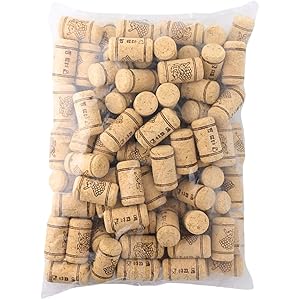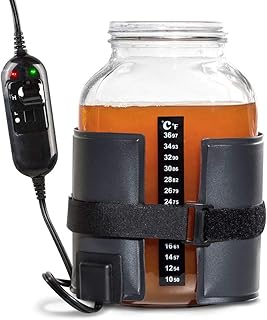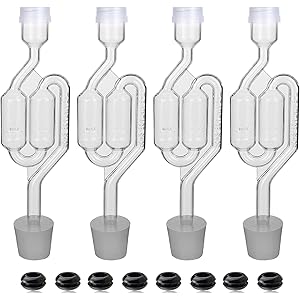What is Yeast Bread?
Yeast bread is a type of bread that is leavened using yeast, a microorganism that ferments sugars and produces carbon dioxide gas. This process causes the dough to rise, resulting in a light and airy texture. Yeast bread is one of the most common forms of bread consumed worldwide, and it can be made from various types of flour, including wheat, rye, and gluten-free alternatives.
The Role of Yeast in Bread Making
The primary role of yeast in bread making is to act as a leavening agent. When yeast is mixed with flour and water, it begins to consume the sugars present in the dough. This fermentation process produces carbon dioxide, which gets trapped in the dough, causing it to expand and rise. The result is a fluffy and soft texture that distinguishes yeast bread from other types of bread, such as flatbreads that do not use yeast.
Types of Yeast Used in Bread
There are several types of yeast used in bread making, including active dry yeast, instant yeast, and fresh yeast. Active dry yeast is the most commonly used form and needs to be dissolved in water before use. Instant yeast, on the other hand, can be mixed directly with dry ingredients and does not require proofing. Fresh yeast, also known as cake yeast, is less common but is favored by some bakers for its robust flavor and quick action.
The Fermentation Process
The fermentation process is crucial in yeast bread making. After mixing the ingredients, the dough is allowed to rise in a warm environment, typically for one to two hours. During this time, the yeast ferments the sugars, producing carbon dioxide and alcohol. The dough is then punched down to release excess gas and shaped before undergoing a second rise, which further develops the flavor and texture of the bread.
Ingredients in Yeast Bread
The basic ingredients in yeast bread include flour, water, yeast, and salt. Flour provides the structure and gluten necessary for the dough to rise, while water hydrates the flour and activates the yeast. Salt enhances the flavor and controls the fermentation process, preventing the yeast from becoming too active. Additional ingredients, such as sugar, fats, and eggs, can be added to enrich the dough and enhance its flavor and texture.
Get more content like this!
Sign up to receive updates and new terms first hand.
Common Varieties of Yeast Bread
There are numerous varieties of yeast bread, each with its unique characteristics. Some popular types include white bread, whole wheat bread, sourdough, and brioche. White bread is made from refined flour and has a soft texture, while whole wheat bread contains the entire grain, providing more fiber and nutrients. Sourdough is made using a natural fermentation process with wild yeast, resulting in a tangy flavor, while brioche is a rich, buttery bread often enjoyed for breakfast.
Health Benefits of Yeast Bread
Yeast bread can offer several health benefits, especially when made with whole grains. Whole wheat yeast bread is a good source of dietary fiber, which aids in digestion and helps maintain a healthy weight. Additionally, the fermentation process can enhance the bioavailability of nutrients, making them easier for the body to absorb. Yeast bread can also be a source of B vitamins, iron, and other essential nutrients, depending on the ingredients used.
How to Store Yeast Bread
Proper storage of yeast bread is essential to maintain its freshness and prevent staling. Yeast bread should be stored in a cool, dry place, preferably in a bread box or wrapped in a clean kitchen towel. For longer storage, it can be frozen. To freeze yeast bread, slice it first, then wrap it tightly in plastic wrap and aluminum foil. When ready to eat, simply thaw at room temperature or toast slices directly from the freezer.
Common Mistakes in Yeast Bread Making
Making yeast bread can be a rewarding experience, but there are common mistakes that can lead to unsatisfactory results. One common error is using water that is too hot, which can kill the yeast. Another mistake is not allowing the dough to rise adequately, resulting in dense bread. Additionally, failing to measure ingredients accurately can affect the dough’s consistency. Following a reliable recipe and understanding the fermentation process can help avoid these pitfalls.




